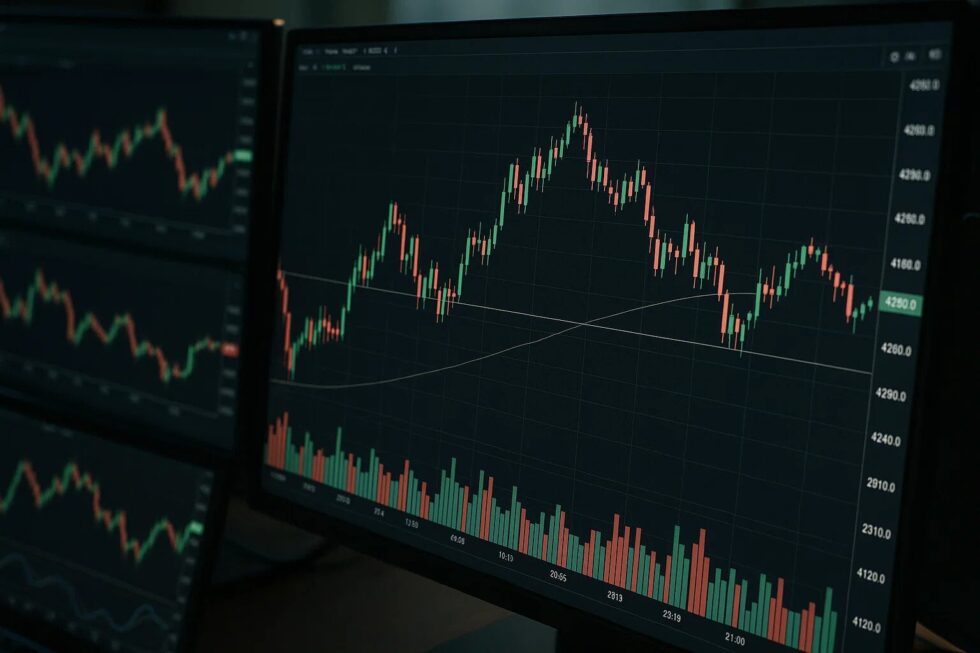What are the top 5 mistakes crypto beginners make that can cost them dearly

Crypto mistakes are the main reason why many newcomers lose their capital within the first year of trading. While the promise of quick profits attracts millions to the market, the reality is that cryptocurrencies are volatile, unregulated in many jurisdictions, and prone to sharp, unpredictable movements. Without knowledge and a clear plan, beginner traders are exposed to unnecessary risks, scams, and emotional decisions that can drain their portfolios. Understanding these pitfalls — and knowing how to avoid them — is the first step to success in the digital asset space, as noted by the editorial team at G.business.
Mistake 1: Ignoring proper risk management
The crypto market is famous for extreme volatility — a coin can rise 40% in a week and drop 50% in a day. Many beginners enter with their entire savings or invest heavily in one project, hoping for a quick profit. This is a recipe for disaster. Effective risk management starts with diversification: investing in several different coins and sectors (DeFi, Layer 1 blockchains, NFTs) to spread risk. Use stop-loss orders to limit losses and define your risk per trade (usually 1–2% of your total capital).
Checklist for safer risk management:
- Never invest money you can’t afford to lose
- Allocate no more than 20–25% of capital to one coin
- Use limit orders instead of market orders in volatile conditions
- Keep 10–15% of your capital in stablecoins for emergencies
Mistake 2: Following hype instead of research
Social media plays a huge role in crypto trends. Platforms like Twitter (X), Telegram, and Reddit can push a token’s price up within hours — and down just as quickly. Beginners often buy at the top because “everyone is talking about it.” Many meme coins and hype-driven projects have no long-term use case.
How to research before investing:
- Read the project’s whitepaper for technical details and roadmap
- Check the team’s background on LinkedIn and GitHub
- Use tools like CoinGecko and CoinMarketCap for price history
- Monitor on-chain data with platforms like Glassnode or Dune Analytics
- Follow official announcements, not rumors
Mistake 3: Poor security of assets
Billions of dollars in crypto have been lost to hacks, phishing, and exchange bankruptcies. Leaving your coins on centralized exchanges exposes you to third-party risk. Beginners often skip basic safety measures such as hardware wallets or two-factor authentication.
Essential security tips:
- Store coins in hardware wallets (Ledger, Trezor)
- Enable 2FA on all accounts (preferably via authenticator apps, not SMS)
- Double-check website URLs before logging in
- Keep backup copies of your seed phrase in multiple secure locations
- Avoid clicking unknown links in emails or messages
Mistake 4: Overtrading and emotional reactions
Because crypto markets run 24/7, beginners feel they must act constantly — buying and selling every small movement. Overtrading leads to high transaction fees, poor decision-making, and burnout. Emotional mistakes include panic selling during dips and buying during FOMO rallies.
Plan before trading:
- Set clear entry and exit points
- Decide profit targets and stop-loss levels before placing a trade
- Avoid checking prices every 5 minutes
- Review your portfolio weekly, not hourly
- Use demo accounts to test strategies without risking real money
Mistake 5: Ignoring tax and legal obligations
In countries like Germany, crypto profits are taxable depending on how long you hold the asset. Beginners often forget to track trades, leading to chaotic tax reporting and penalties.
German tax basics for crypto:
| Transaction type | Taxable? | Notes |
|---|---|---|
| Holding crypto > 1 year | No | Tax-free capital gains |
| Selling crypto within 1 year | Yes | Taxable at personal income rate |
| Crypto-to-crypto trading | Yes | Each trade can be taxable |
| Staking rewards | Yes | Treated as income |
Tools to manage taxes:
- CoinTracking (supports German tax rules)
- Koinly for automated reporting
- Blockpit for EÜR and income reports
Comparison: Beginner vs. Pro habits
| Aspect | Beginner | Professional Trader |
|---|---|---|
| Portfolio allocation | 1–2 coins, no diversification | 10–15 assets, balanced by sector |
| Decision-making | Based on hype and tips | Based on research and backtesting |
| Security | Keeps funds on exchange | Uses cold storage |
| Trading frequency | Daily or hourly trades | Few strategic trades per month |
| Tax management | Ignores tracking | Uses automated software |
Extra tips for safe crypto investing
- Start with small amounts to learn the market without risking much
- Join reputable crypto communities with verified experts
- Keep a trading journal to track wins, losses, and mistakes
- Follow global regulations, as they can impact prices overnight
- Invest time in learning technical analysis and blockchain basics

A well-prepared and disciplined approach can make the difference between success and failure in the crypto market. Beginners who take the time to study projects, diversify their portfolios, secure their assets, and comply with tax regulations significantly reduce their risks. The volatility of digital assets offers both opportunities and dangers — and those who avoid impulsive decisions and base their actions on research have the best chance of long-term profitability. In cryptocurrency, knowledge is the most valuable investment you can make.
Latest events in politics and global economy at Cryptonews – practical tips on how to act and invest. Read: What is Bitcoin halving and why it affects cryptocurrency prices in Germany in 2025